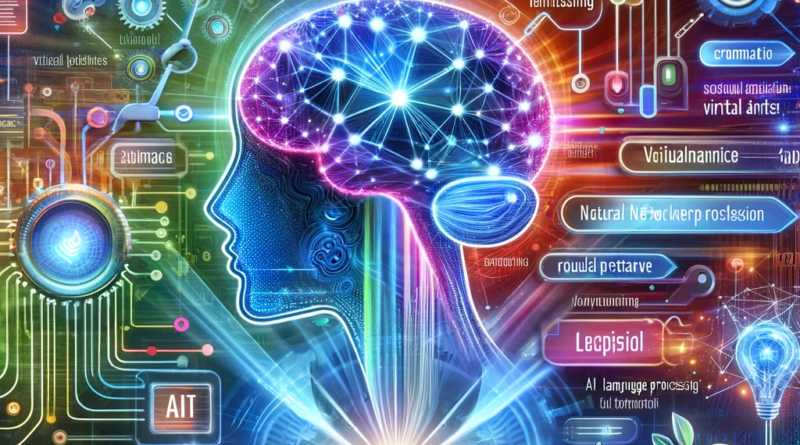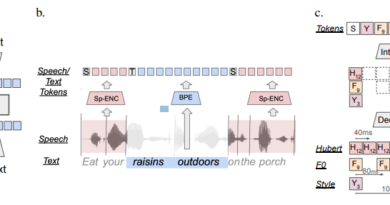Exploring NLP: A Simple Guide for Newbie
Natural Language Processing (NLP) is a fascinating field within artificial intelligence that focuses on the interaction between computers and human language. If you’re new to NLP, this guide will help you understand the basics in simple terms.
What is NLP?
NLP enables computers to understand, interpret, and respond to human language in a way that is both meaningful and useful. It combines linguistics, computer science, and artificial intelligence to process and analyze large amounts of natural language data.
Key Components of NLP
- Tokenization: Breaking down text into smaller units, like words or sentences.
- Syntax Analysis (Parsing): Analyzing the grammatical structure of sentences.
- Semantics: Understanding the meaning of words and sentences.
- Sentiment Analysis: Determining the sentiment or emotion expressed in a text.
- Named Entity Recognition (NER): Identifying and classifying key elements like names, dates, and locations within the text.
How Does NLP Work?
NLP involves several steps to convert human language into a format that computers can understand:
- Text Preprocessing: Cleaning and preparing the text data by removing noise, such as punctuation and stopwords (common words like “and,” “the,” etc.).
- Feature Extraction: Converting text into numerical data that a machine can process.
- Model Training: Using algorithms to train models on labeled data, enabling them to recognize patterns and make predictions.
- Language Understanding: Applying trained models to interpret new text, extract information, and generate responses.
Applications of NLP
NLP is used in many everyday applications, including:
- Search Engines: Improving search results by understanding the user’s intent.
- Virtual Assistants: Powering voice-activated assistants like Siri and Alexa.
- Customer Service: Automating responses to customer inquiries using chatbots.
- Translation Services: Translating text from one language to another.
- Sentiment Analysis: Monitoring social media and customer reviews to gauge public opinion.
Benefits of NLP
- Efficiency: Automates text processing tasks, saving time and effort.
- Accuracy: Provides precise insights and predictions from text data.
- Scalability: Handles large volumes of text data quickly and efficiently.
- Improved Communication: Enhances human-computer interaction, making technology more accessible.
Challenges and Concerns
NLP also faces several challenges:
- Ambiguity: Human language is often ambiguous and context-dependent.
- Language Diversity: NLP systems must handle multiple languages and dialects.
- Data Quality: The accuracy of NLP models depends on the quality and quantity of training data.
- Bias: NLP systems can inherit biases present in the training data.
The Future of NLP
The future of NLP looks promising with advancements in deep learning and neural networks. Researchers are working on more sophisticated models that can understand and generate human language with greater accuracy. Potential future applications include more intuitive virtual assistants, advanced language translation, and even creative writing.
Conclusion
Natural Language Processing is a powerful technology that bridges the gap between human communication and computer understanding. By learning about its basics, components, and applications, you can better appreciate its impact on our daily lives and its potential for the future.
Don’t forget to follow us on LinkedIn. Do join our active AI community on Discord.
Explore 3600+ latest AI tools at AI Toolhouse 🚀.
If you like our work, you will love our Newsletter 📰





Your blog is a constant source of inspiration for me. Your passion for your subject matter shines through in every post, and it’s clear that you genuinely care about making a positive impact on your readers.